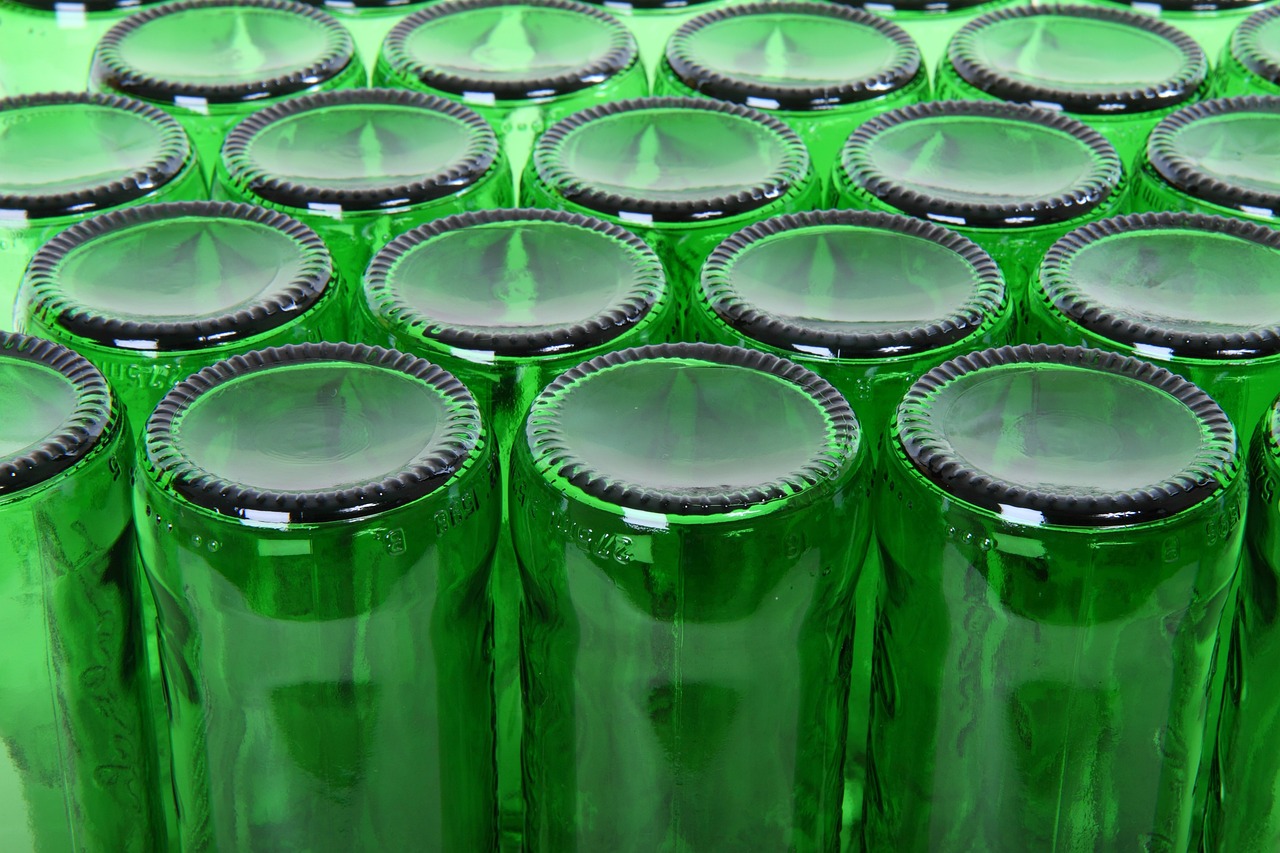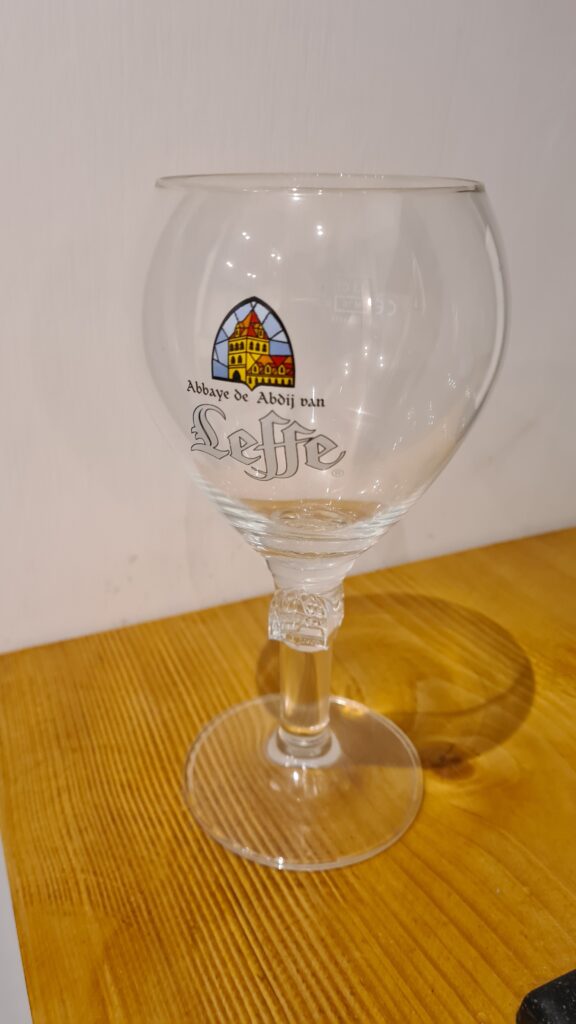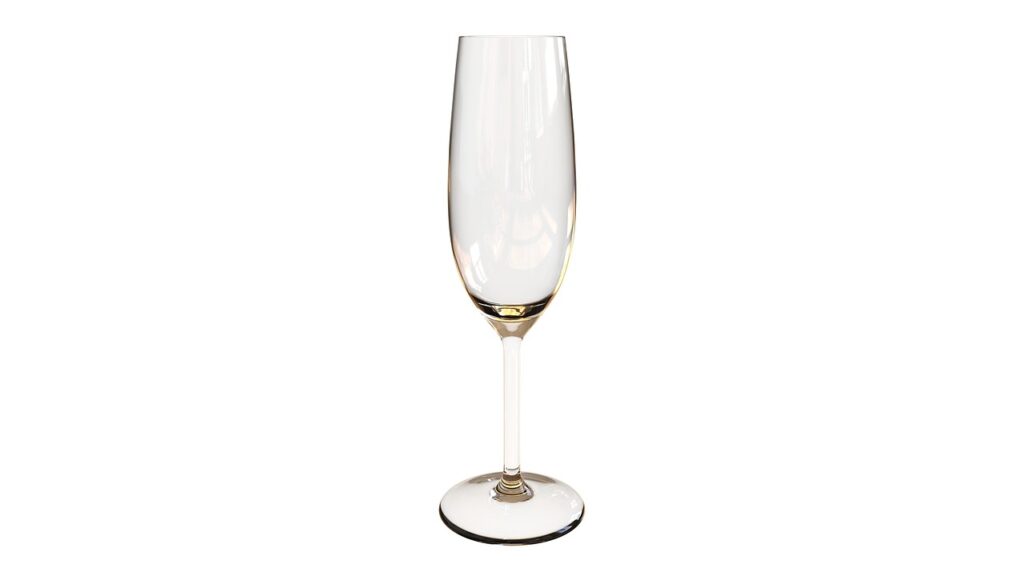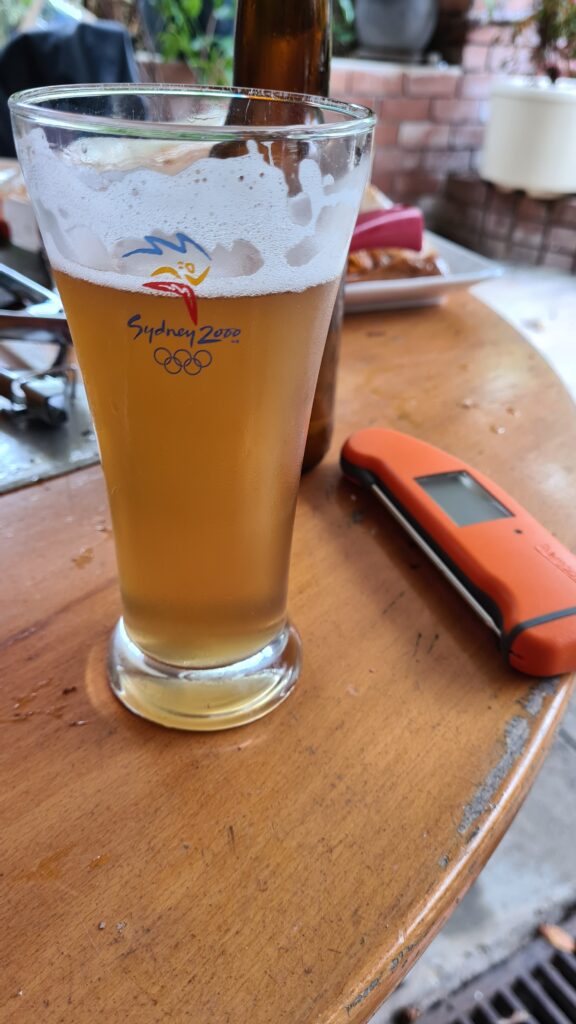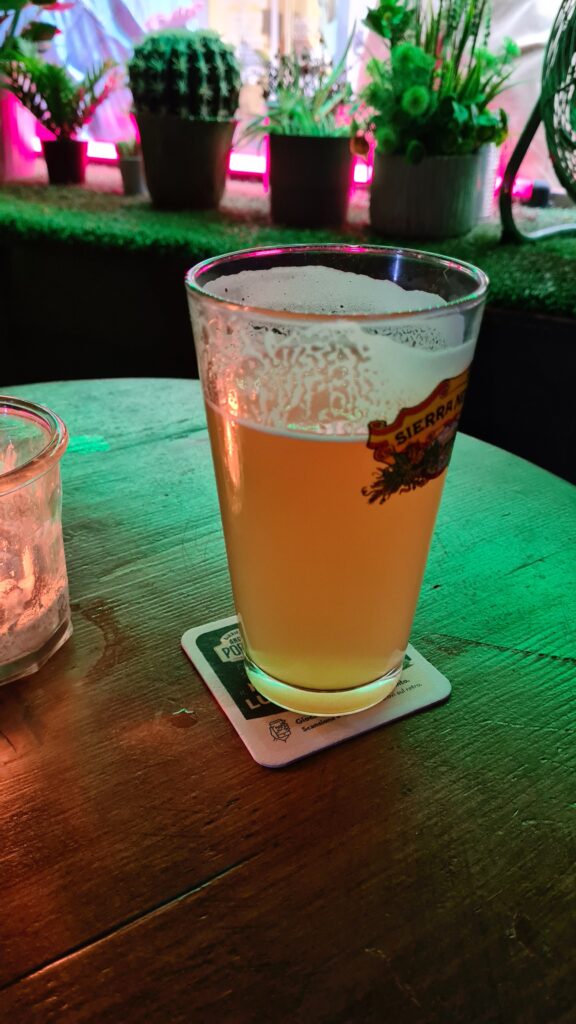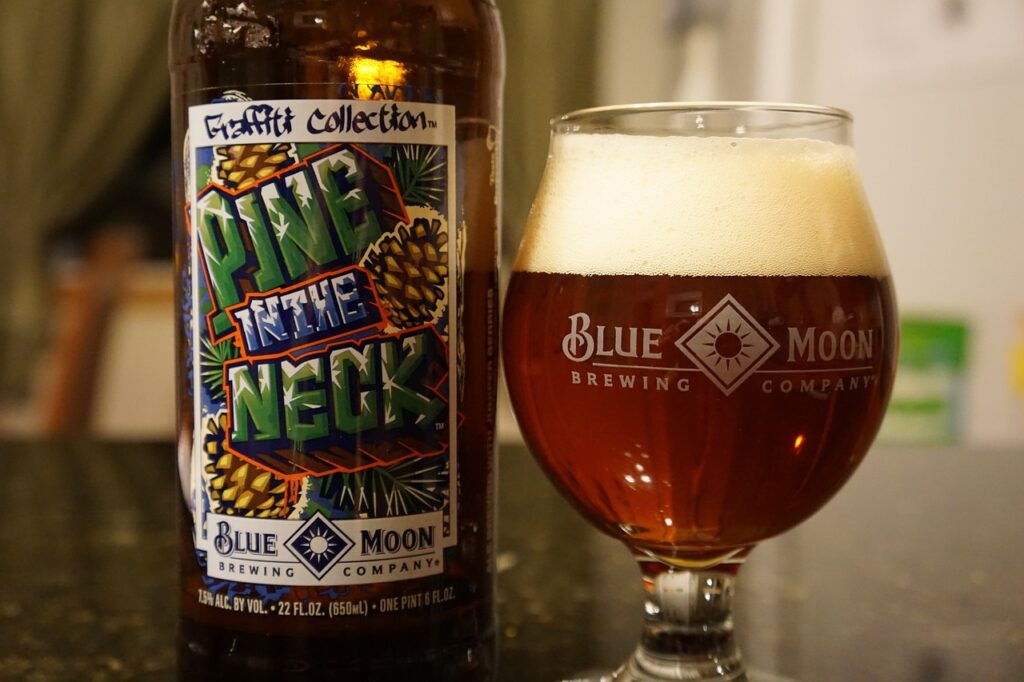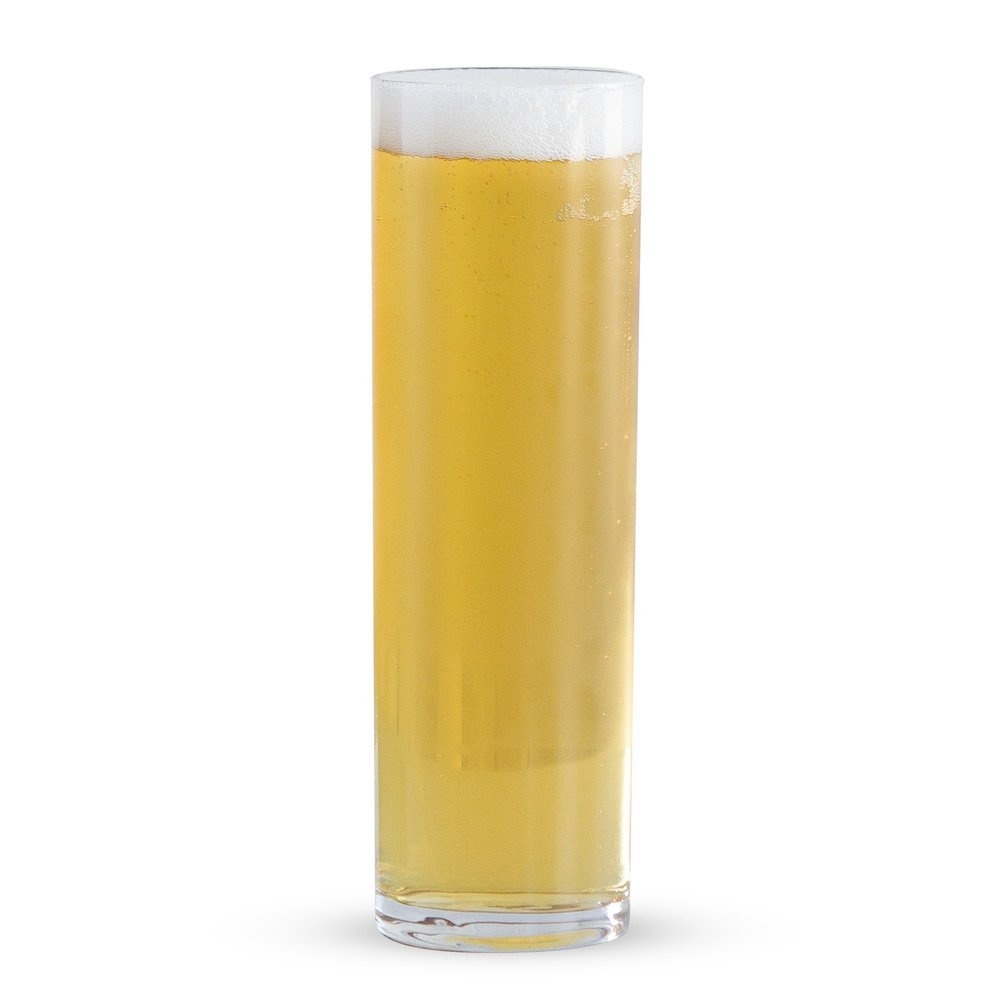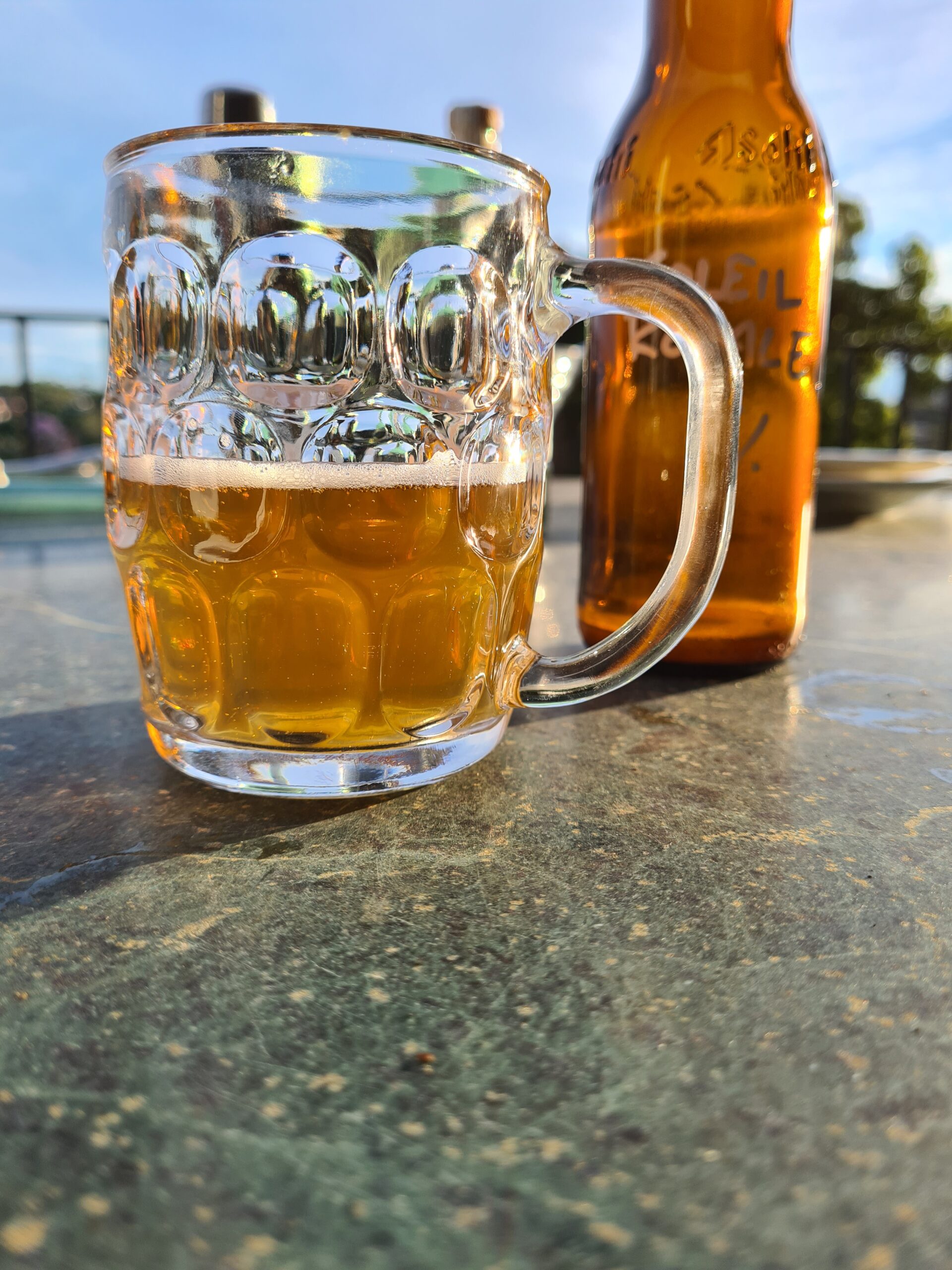Glass is an integral part of brewing and serving beer. Whether you’re transferring into a carboy for secondary fermentation, bottling some beer or enjoying a glass of your favourite brew, glass is everywhere in brewing. In this article we’ll look at all things glass – from brewing to bottling and serving. We’ll look at the types of glass used throughout the brewing process as the different glassware used for serving beer.
Why glass?
There’s a reason you see a lot of glass in the food and beverage industry. Despite being fragile and prone to breaking, there are endless advantages of using glass with your food and drink (including beer).
Visibility: Glass containers, such as carboys or fermenters, allow you to see the fermentation process. This visual aspect is valuable for monitoring the activity of the yeast, checking for clarity, and observing any potential issues.
Non-reactive: Glass is non-reactive, which means it won’t interact with your beer or change its flavour. This makes it an ideal material for fermentation vessels, storage, and bottling.
Airtight Seal: Glass containers can be fitted with airtight seals, such as rubber stoppers and airlocks, to create a closed environment for fermentation, reducing the risk of contamination.
Sanitization: Glass is easy to clean and sanitise, which is crucial for preventing infections and maintaining the quality of your homebrew.
Longevity: With proper care, glass equipment can last a long time, making it a cost-effective choice in the long run
How is glass made?
People have been making glass for over 4000 years. The first people to make glass were probably the Mesapotamians. While techniques have been improved over the years, the basic process remains the same.
Glass is made by heating sand to a very high temperature (roughly 1700C) and adding soda ash (sodium carbonate) and limestone (calcium carbonate). In modern glassmaking operations, producers will often add crushed, recycled glass to the mix. While glass is relatively easy to recycle, the recycling and shipping processes are very energy intensive. It is always better to reuse before you recycle: this is where your local homebrewer can help.
Glass bottles
If you’ve ever done homebrewing, you are probably an expert in washing, sanitising and reusing bottles. Many people move to keg set-up because they are sick of the labour associated with the bottling process. Glass bottles are a natural choice for beer: they insulate well (especially when paired with a Beer Koozie), are non reactive and can be sealed up with a cap to airtight. Glass can also be tinted dark colours which is ideal for storing beer for extended periods.
When brewing beer, not all glass bottles are created equal. If you are looking to reuse store bought beer bottles on bottling day, theres a few things to keep in mind
- Dark glass is always better as it blocks light which can break down your tasty beer
- Larger bottles are generally better: there’s less cleaning, less filling and less capping if you use bottles with a higher volume capacity.
- Bottles should always been made of thick, heavy glass. If you plan on reusing your bottles several times, get some bottles with thick glass walls. Thick glass is best for beer styles with high carbonation (like wheat beers).
- Bottles should always be thoroughly cleaned and sanitised between uses and allowed to dry completely.
Ensure that you are using bottles with the right seal for your caps and capper. Avoid screw top bottles and opt for crown seal where possible.
CHECK OUT:15 Best Holiday Gifts For Beer Lovers
Serving glasses
I could write a whole article about the different shapes and characteristics of glasses for serving beer (and maybe I will someday). Below we’ll run through some of the popular glassware used to drink beer out of.
Goblet/ Chalice
This wide mouth, stemmed glass is usually used for drinking Belgian or French ales. This glass type is designed to maintain head. Many goblets or chalices will be etched on the interior to ensure carbonation until the last drop
Flute Glass
These glasses are used to showcase the colours and flavours of fruit beers and lambics. They design can vary but typically they look similar to a champagne flute with a shorter stem. The shape encourages lively carbonation
Pilsner Glass
Unsurprisingly, the pilsner glass is used for drinking pilsners and lagers. They are tall and tapered which promotes carbonation and showcases aroma. These glasses are usually high volume, allowing for plenty of easy to drink pilsner to fit in!
Pint Glass
The pint glass was originally designed for enjoying British ales, stouts and porters but has evolved over the years. It will typically hold an impressive 473ml (US pint) or 568ml (British pint) of beer. This glassware is a staple of bars and pubs around the world and there are countless variation depending on the country your in, the bar your drinking at or even the brand of beer you are buying.
Snifter
Originally used for French Cognac, the snifter made its way into the beer world for use with strong beers in small serving sizes (typically ales). It allows plenty of breathing room for aroma and should never be filled all the way to the rim.
Stange
Stange means “stick” in German and if you look at the picture below, it’s easy to see why. This design helps to reduce beer aroma while pushing the flavour profile forward. This classic design has been used for many years in Germany and beyond when drink more delicate beers like a lightly hopped lager.
Stein
If you’ve ever been to Germany, your are probably familiar with the stein. These days, the mugs are usually made from glass. Although they were once commonly made from all matter of materials including pewter, earthenware clay and even wood! Many steins used to have a hinged lid for blocking any nasty germs during the black death.
CHECK OUT: Home Brewing Software Reviews: BeerSmith
Glass carboys
Glass carboys are commonly used by home brewers for fermenting, storing or conditioning beer. They are a popular choice for brewers because they are non-reactive, insulate well and do not leech any chemicals into the precious wort. Carboys are a great choice for storing beer for a long time or secondary fermentation.
Carboys do have two significant drawbacks: they don’t have a tap, meaning that transfers must be done with a racking cane. Racking canes can be awkward to use and clean. Glass carboys are also easy to break – especially if they are slick with water, sanitiser or beer.
Glass is a versatile, non-reactive, fragile material used in almost every stage of the brewing process. Whether your fermenting, bottling or serving, glass is truly a brewer’s friend. In a world where we should all try to be more conscious of how much waste we produce, glass can be reused many times.
Cheers!
Read Next: How To Find The Best Materials For Beer Koozies, How to Filter Beer and The Science Behind Beer Koozies: How They Keep Your Beverage Cold!




